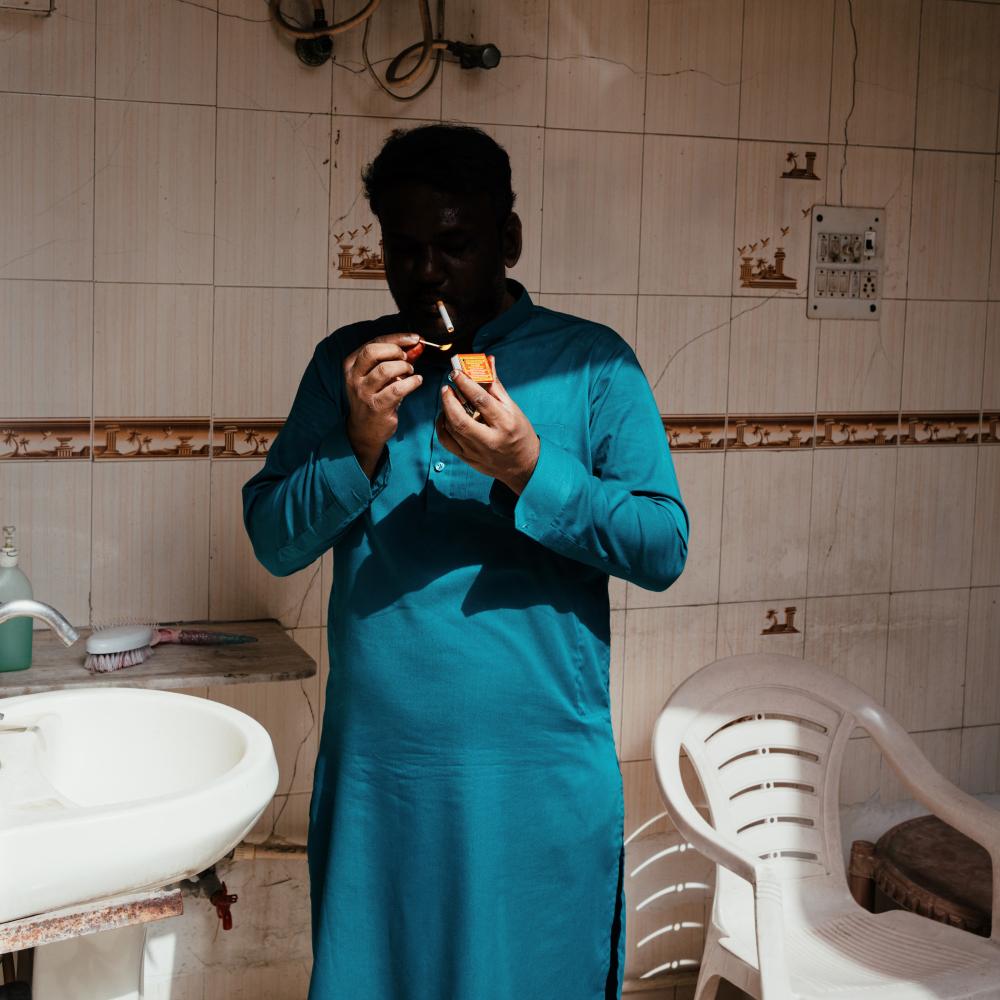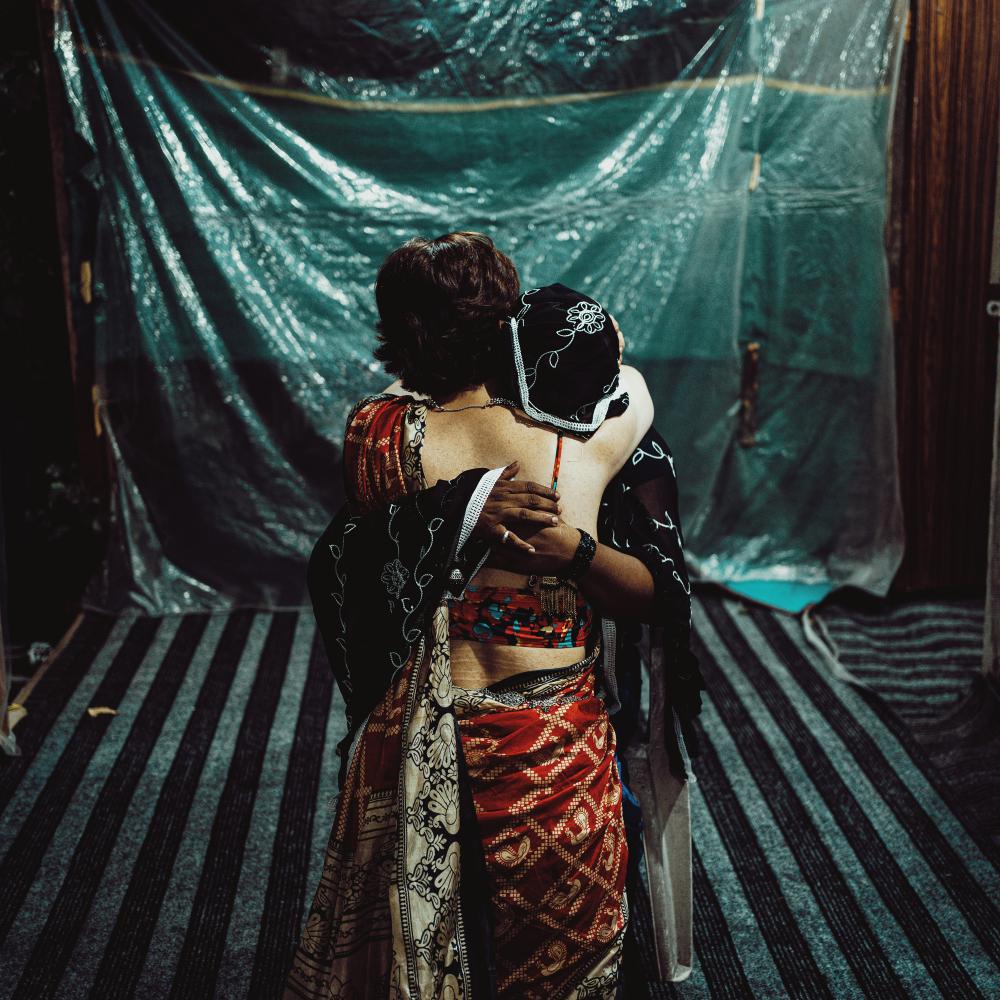
Batul

Key information
- Date
- to
- Time
-
10:30 am to 5:30 pm
- Venue
- SOAS Gallery
- Room
- First Floor photography studio
- Event type
- Exhibition
About this event
Batul is a powerful photography exhibition and documentary following the journey of Sambhav, a Sikh man from Old Delhi, as he transitions to Batul, a Muslim woman in Kashmir.
Presented in five intimate chapters, it delves into themes of identity, transformation, and resilience, while reflecting the societal contradictions embodied in their story. Through their experiences, the exhibition offers a profound look at personal and political intersections in contemporary South Asia.
Sambhav is a Sikh man living in Old Delhi. Batul is a Muslim woman living in Kashmir. One summer and a stray bullet separate them. This bullet passed through the body of Sambhav’s ex-partner during a shootout between the Indian army and separatist groups in Kashmir.
That day marked the beginning of his mourning and an initiatory journey that would lead to his conversion to Islam, where Sambhav became Iqbal, and his gender transition, where Iqbal became Batul. This transition was documented, following them day and night on their return to Kashmir.
The curatorial team
Ondine de Gaulle holds degrees from Sciences Po Grenoble and SOAS, University of London, in Middle Eastern Studies and Comparative Literature with a focus on South Asia. Her work explores topics related to minority identities in the Middle East and the Indian subcontinent and Urdu literature. In 2019, she published her first essay on the Jewish-Iranian community.
Paul Mesnager is a photographer based between Tunis and Marseille. With a background in geopolitics, he gained initial experience in journalism. In 2022, he moved to Tunis and developed a photographic practice focused on issues of social and political domination. His recent work explores topics such as Sub-Saharan communities in North Africa, sexual minorities, and the materiality of political power through the analysis of satellite imagery.




